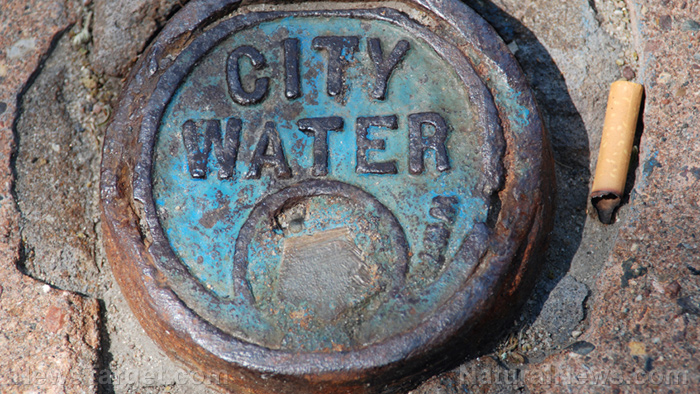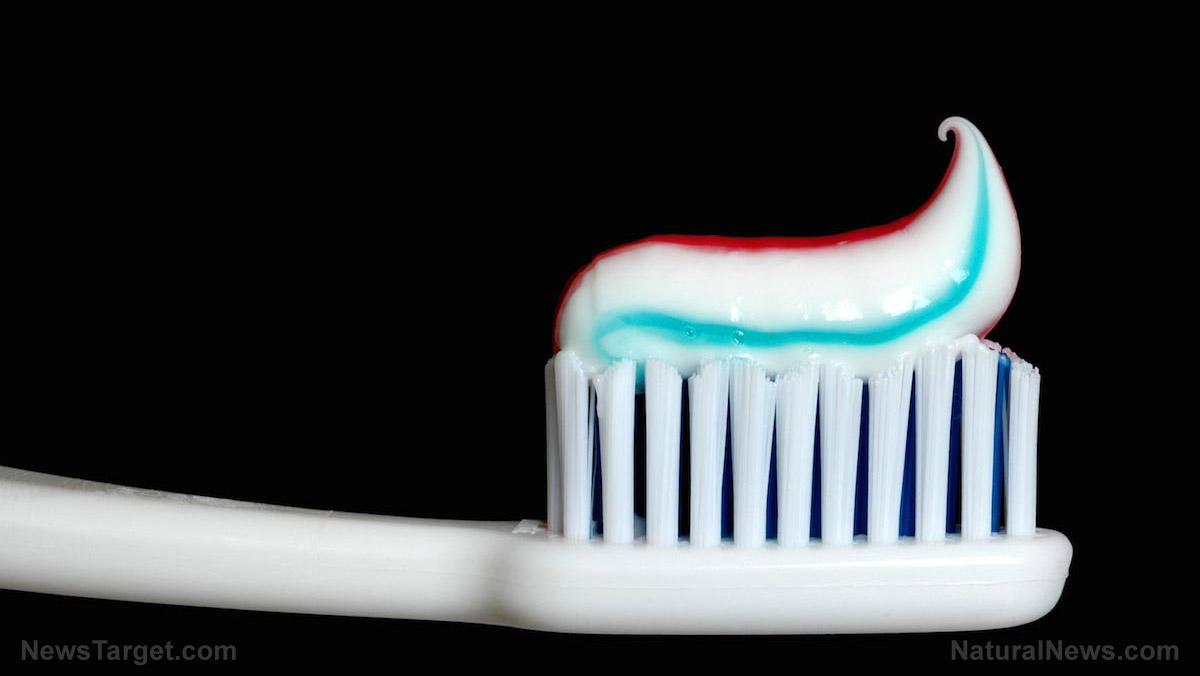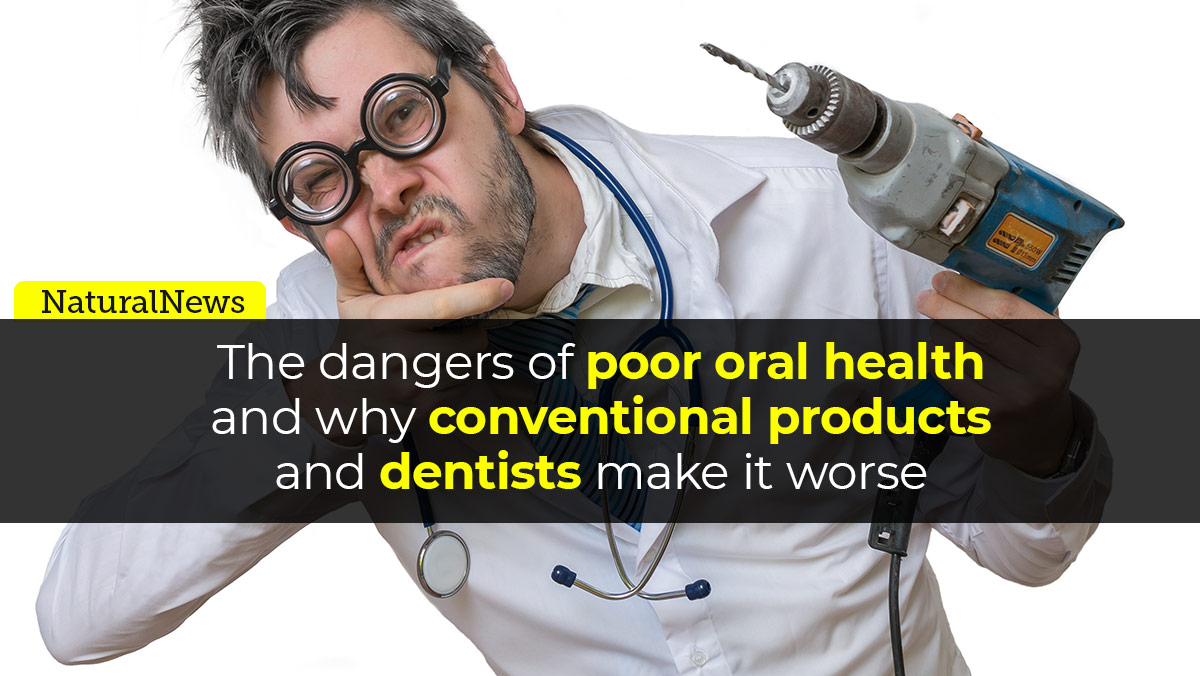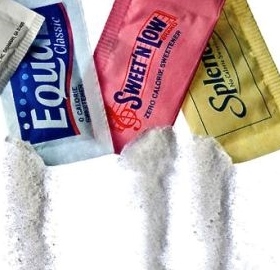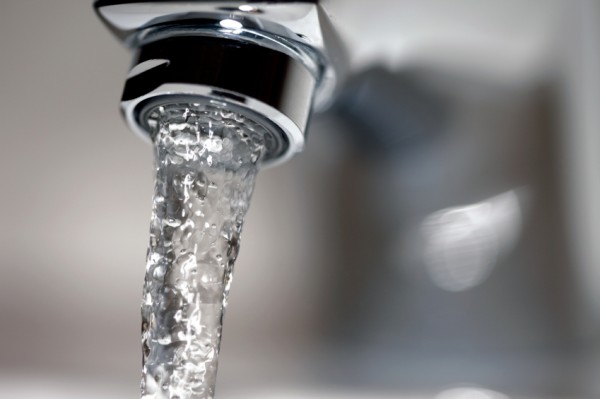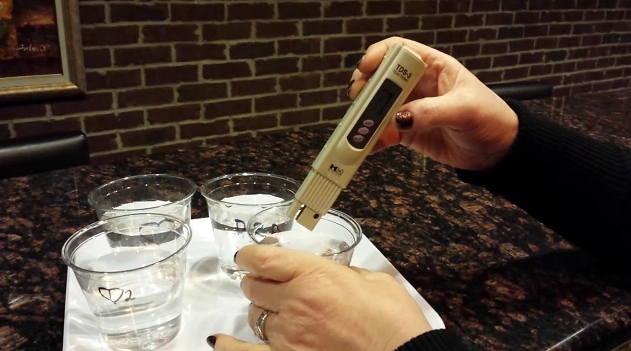The controversy over adding fluoride to the US drinking water supplies has been going on for nearly as long as the government has added the toxic chemicals since the 1940s. If fluoride is such a toxic chemical then why does the government mandate its use in community water supplies (1)?
(Article by Sally Painter, republished from http://www.topsecretwriters.com/2016/01/why-does-the-u-s-ignore-fluoride-toxicity-in-drinking-water/)
Clearly, some water has naturally occurring fluoride (calcium fluoride) that is different from the additives used in fluoridation processes. Natural fluoride effects on humans have been studied. In examining “several long-term adverse effects” the findings included (2):
–> Dental fluorosis
–> Skeletal fluorosis
–> Weakened bones
Harvard T.H. Chan School of Public Health (HSPH) research scientist and lead author Anna Choi of the Department of Environmental Health and senior author adjunct professor of environmental health Philippe Grandjean wrote a paper on the possible health risks that fluoridation might have on children (3).
The pair evaluated 27 studies, 25 of which were conducted in China, of children exposed to fluoride. The first thing noted was the need to consider the level of fluoride exposure. The paper notes that some information wasn’t available with “some limitations” identified.
Risks
Their summation of risks to children included:
–> “Possible risks to brain development in children. Studies have been conducted in China; however, “this possible hazard has not received much, if any, consideration in the U.S.”
–> Intelligence tests of children exposed to fluoride revealed “poorer performance on IQ tests. Fluoride released into the ground water in China in some cases greatly exceeded levels that are typical in the U.S.”
–> 26 of the studies, “documented an IQ deficit associated with increased fluoride exposure.”
–> The results didn’t allow any judgment “regarding possible levels of risk at levels of exposure typical for water fluoridation in the U.S.” The scientists are quick to point out that the absence of that judgment didn’t mean there wasn’t any risk to children in the US. Further research is needed to “clarify what role fluoride exposure levels may play in possible adverse effects on brain development, so that future risk assessments can properly take into regard this possible hazard.”
The practice of fluoridation of drinking water is hailed as a preventative measure for tooth decay in children. However, how much fluoride a child and adult ingest over the period of one day is basically unknown.
That’s because the accumulated amount of fluoride can differ from one person to another based on water, food and air consumption (4).
How Much Fluoride Do You Consume Daily?
In the book, “The Hundred Year Lie: How Food and Medicine Are Destroying Your Health” investigative journalist Randall Fitzgerald writes, “A US Department of Health and Human Service [DHHS] report estimates that the average person absorbs about seven parts per million of fluoride a day from all sources combined – water, food, air, even from pesticides that contain fluoride” (5).
That is seven times the amount that the EPA states as acceptable. According to the EPA, that rate should “be no more than one part per million a day.” Fitzgerald points out that “public water supplies use standards of no more than four parts per million.”
According to the World Health Organization’s (WHO) publication on water sanitation, “The current WHO guideline value for fluoride in drinking-water is 1.5 mg l–1.” The WHO is specific in its recommendation that as set in 1984, re-evaluated for revision in 1994 and again in 2004. The guideline remained the same. However, the WHO is clear that its recommendation is “not a ‘fixed’ value but is intended to be adapted to take account of local conditions (e.g. diet, water consumption, etc.)” (6).
However, when water treatment is determined at one part per million a day, this is shy .5 of the WHO’s recommendation and doesn’t accommodate differing levels food, air or even pesticides containing fluorides. It would be nearly impossible to evaluate and account for such levels since each individual absorbs different levels depending on consumption and exposure.
In its guidelines for fluoridated water, the CDC states, “Uneven geographic coverage of community water fluoridation throughout the United States, wide variations in natural fluoride concentrations found in drinking water, and almost nonexistent labeling of fluoride concentration in bottled water make knowing the concentration of fluoride in drinking water difficult for many persons” (7).
According to the WHO fluoride toxicity is “dependent upon a number of factors, including the quantity of water [fluoridated] consumed and exposure to fluoride through other routes.”
What Chemicals Are Used in Water Fluoridation?
The WHO defines the other contributing factors as:
–> Air pollution as a result of burning fluoride-rich coal
–> Certain foods
–> Certain drinks (such as brick tea)
–> Fluoride supplements
According to the CDC, the fluoride additives used for US community water fluoridation systems include:
–> Fluorosilicic acid: a water-based solution used by most water systems in the United States. Fluorosilicic acid is also referred to as hydrofluorosilicate, FSA, or HFS.
–> Sodium fluorosilicate: a dry additive, dissolved into a solution before being added to water.
These chemical are not to be confused with the pharmaceutical grades used in toothpaste and supplements.
The CDC states that the majority of these additives are made from phosphorite rock. “Phosphorite is mainly used for manufacturing phosphate fertilizer” (8).
Technically, the “Environmental Protection Agency (EPA) has authority over safe community drinking water.” However, according to the CDC “The EPA does not specifically regulate levels of ‘direct additives,’ which are additives added to water in the course of treatment, it does specify that the addition of chemicals as part of the treatment process should not be more than the MCL [Maximum Contaminant Level] concentration for regulated substances.”
In 1980, however, the additives program was transferred to the private sector. The “EPA declared a moratorium in 1980 on issuing new advisory opinions on additives.”
In 1985, the “non-profit, non-governmental organizations led by the National Sanitation Foundation (NSF)” were awarded the EPA cooperative agreement. The NSF later become NSF International and developed a “new additives program”. Three years after handing over the reins to NSF International, the “EPA announced that the new National Sanitation Foundation/American National Standards Institute (NSF/ANSI) Standard 60 was in operation” (9).
The NSF states that the group “developed NSF/ANSI Standard 60, at the request of the US Environmental Protection Agency (US EPA) Office of Water, in 1988.”
DHHS Recommends Change in Fluoridation Level
The NSF/ANSI Standard 60 guidelines uses the “EPA MCL for fluoride ion in water is 4 mg/L. The data-derived SPAC [Single Product Allowable Concentration] for fluoride ion in drinking water from NSF Certified treatment products is 1.2 mg/L, or less than one-third of the EPA’s MCL.”
The SPAC for fluoride ion sets the allowable maximum use levels (MUL) for NSF 60 Certified fluoridation products as:
–> Fluorosilicic Acid: 6 mg/L
–> Sodium Fluorosilicate: 2 mg/L
–> Sodium Fluoride: 2.3 mg/L
The NSF website states that the US Department of Health and Human Services had recently recommended a change in the current optimal water fluoridation range of 0.7 to 1.2 ppm (mg/L).
The DHHS suggested the range “be updated to an optimal dose of 0.7 ppm (mg/L) due to observations of increasing amounts of fluoride in food that is processed with fluoridated drinking water.”
The NSF/ANSI is still reviewing this recommendation. However, “some US states have elected to adopt this new optimal dose for fluoridation of community water supplies.”
The NSF states that it may change NSF/ANSI 60 range in the future.
Read more at: http://www.topsecretwriters.com/2016/01/why-does-the-u-s-ignore-fluoride-toxicity-in-drinking-water/



